The Definitive Guide To Spider-Man Variants Of The Spider-Verse
By Michileen Martin | Published
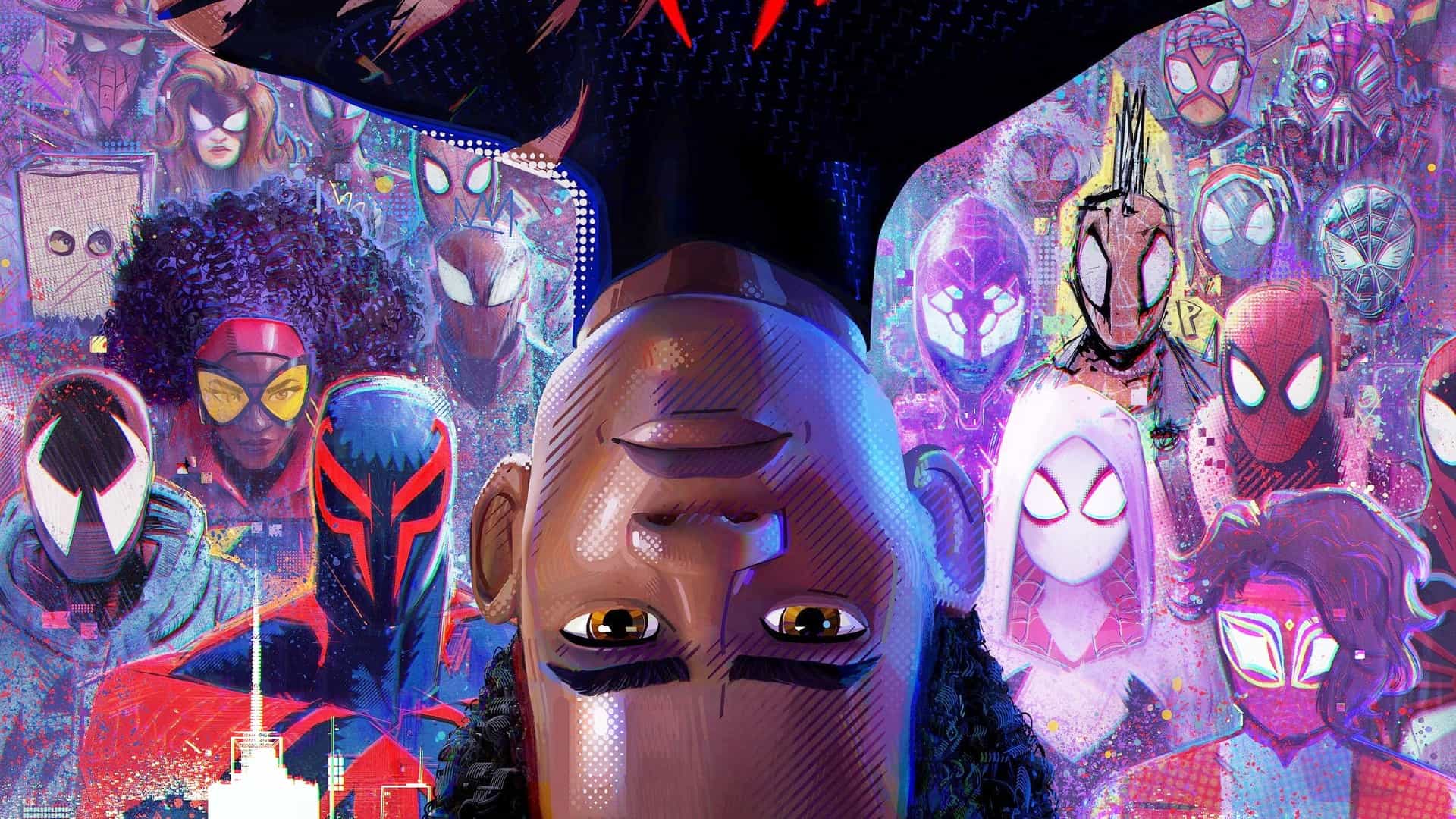
All The Spider-Man Variants From Across The Spider-Verse
Just about every Marvel hero and villain enjoys plenty of multiversal variants in various media, including the comics, but Spider-Man in particular has an embarrassment of riches. Writers and artists have been coming up with alternate versions of the wall-crawler for decades, helping to fill the ranks of Sony’s Spider-Verse films. Here are all the Spidey variants you still need to learn about.
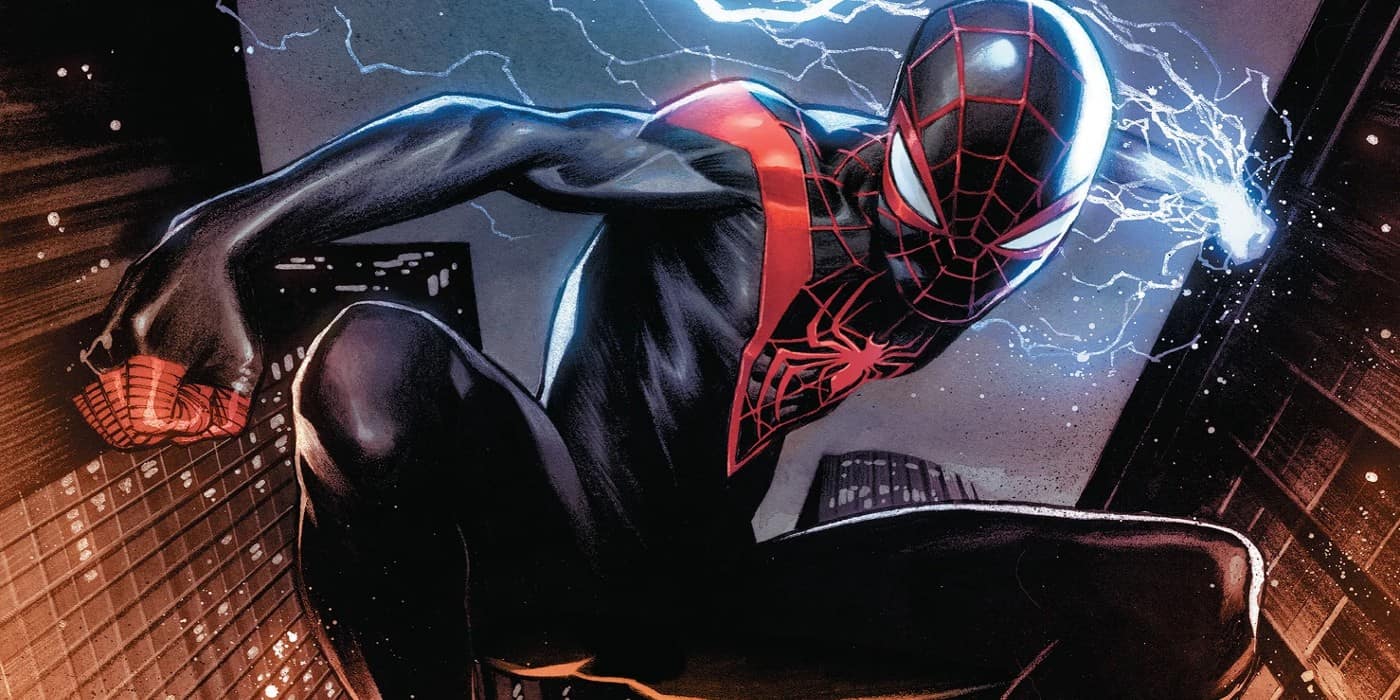
Miles Morales, Earth-1610
The lead of Spider-Man: Into the Spider-Verse and the upcoming Spider-Man: Across the Spider-Verse, Miles Morales first appeared in 2011’s Ultimate Fallout #4. On Earth-1610, the home of Marvel‘s now defunct “Ultimate” line of comics, Miles replaced the fallen Peter Parker just as he does in Into the Spider-Verse. As part of the 2015 event Secret Wars, Miles became folded into the prime Marvel narrative, Earth-616.
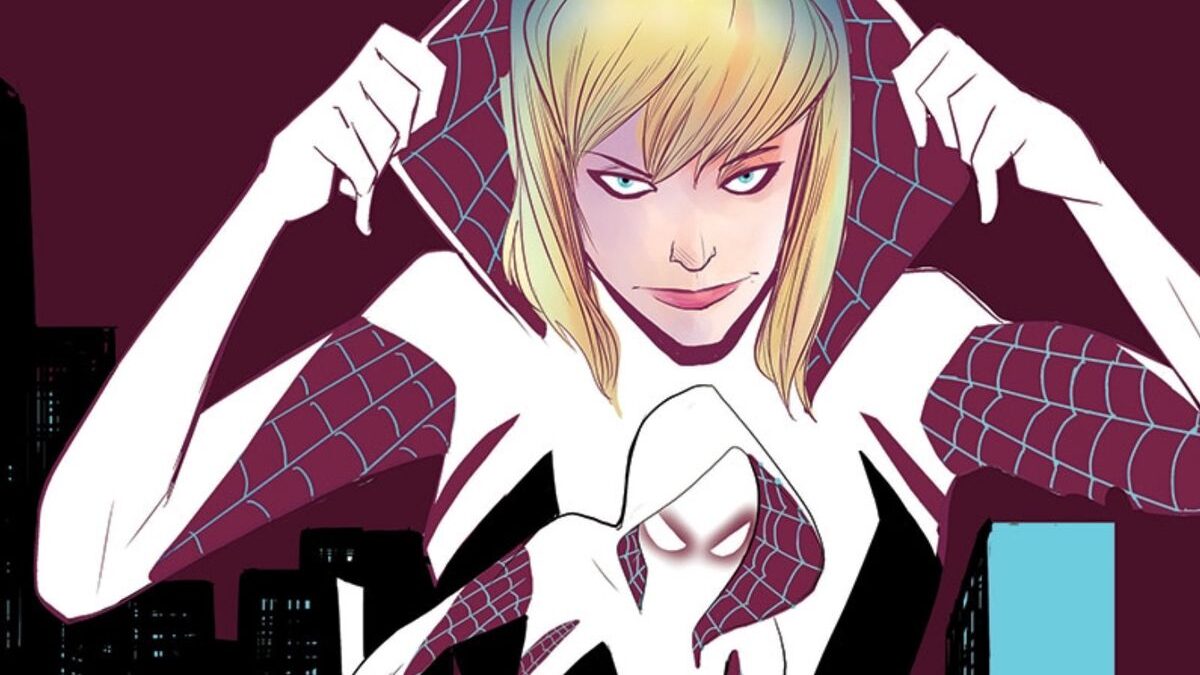
Spider-Gwen, Earth-65
An instant hit when she first appeared in 2014’s Edge of Spider-Verse #2, the hero who has become known has Spider-Gwen hails from a world where she received the powers of Spider-Man rather than Peter Parker. Voiced by Hailee Steinfeld in the films, Spider-Gwen is easily one of the most popular Spidey variants ever.
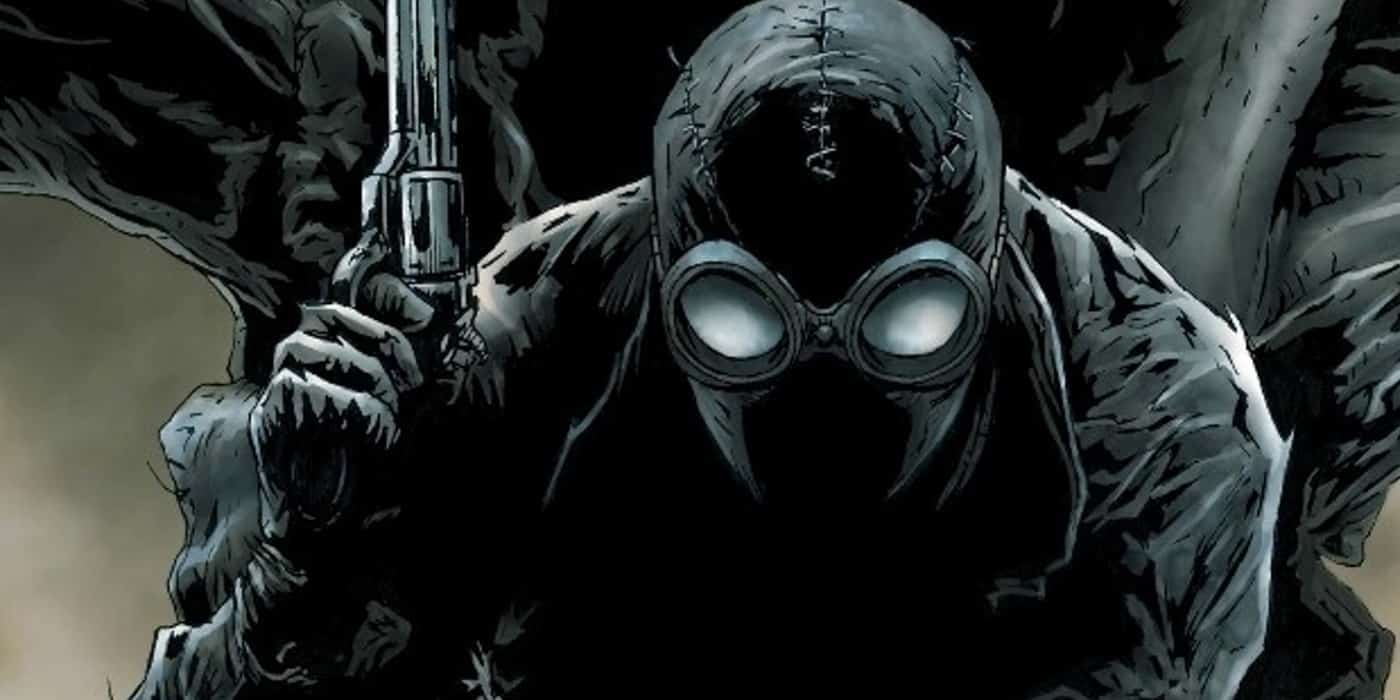
Spider-Man Noir, Earth-90214
Unfortunately, Nicolas Cage won’t be returning to voice his gritty 1930s version of Peter Parker in Across the Spider-Verse, but thankfully you can still occasionally catch him in the comics. Rather than a radioactive spider, the Earth-90214 version of Spidey gets his power from Ereshkigal, aka the Spider-God. It’s a good thing too, because it allowed for Ereshkigal to resurrect him after he was one of a number of Spider-Man variants brutally murdered in the 2018 Spider-Geddon event.
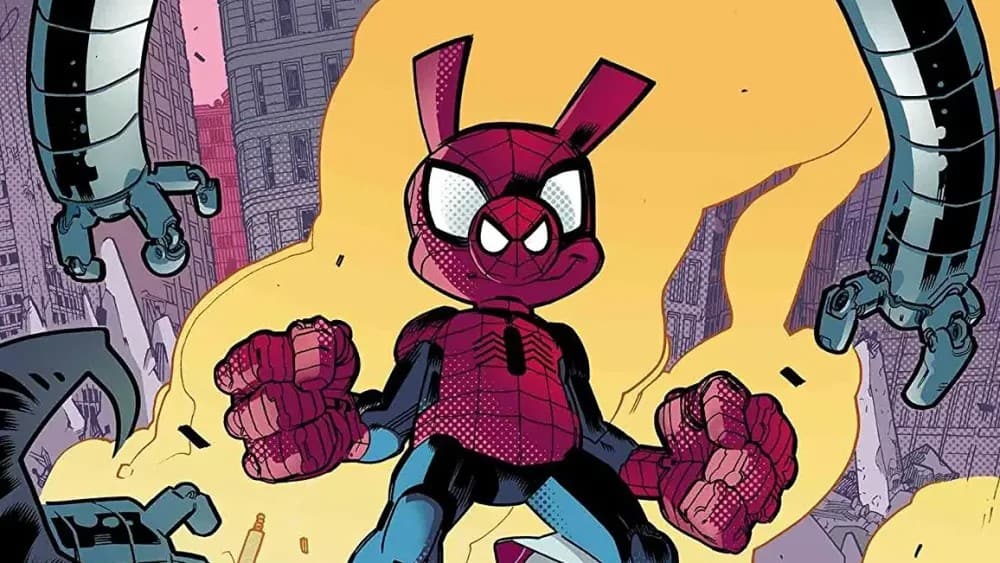
Spider-Ham, Earth-8311
Voiced by John Mulaney in Into the Spider-Verse, Spider-Ham is one of the oldest Spidey variants and he hails from a world of anthropomorphic characters (including heroes like Iron Mouse and villains like Ducktor Doom). Rather than being what you might assume — a pig bitten by a radioactive spider — Peter Porker was in fact a spider who was bitten by a radioactive pig.
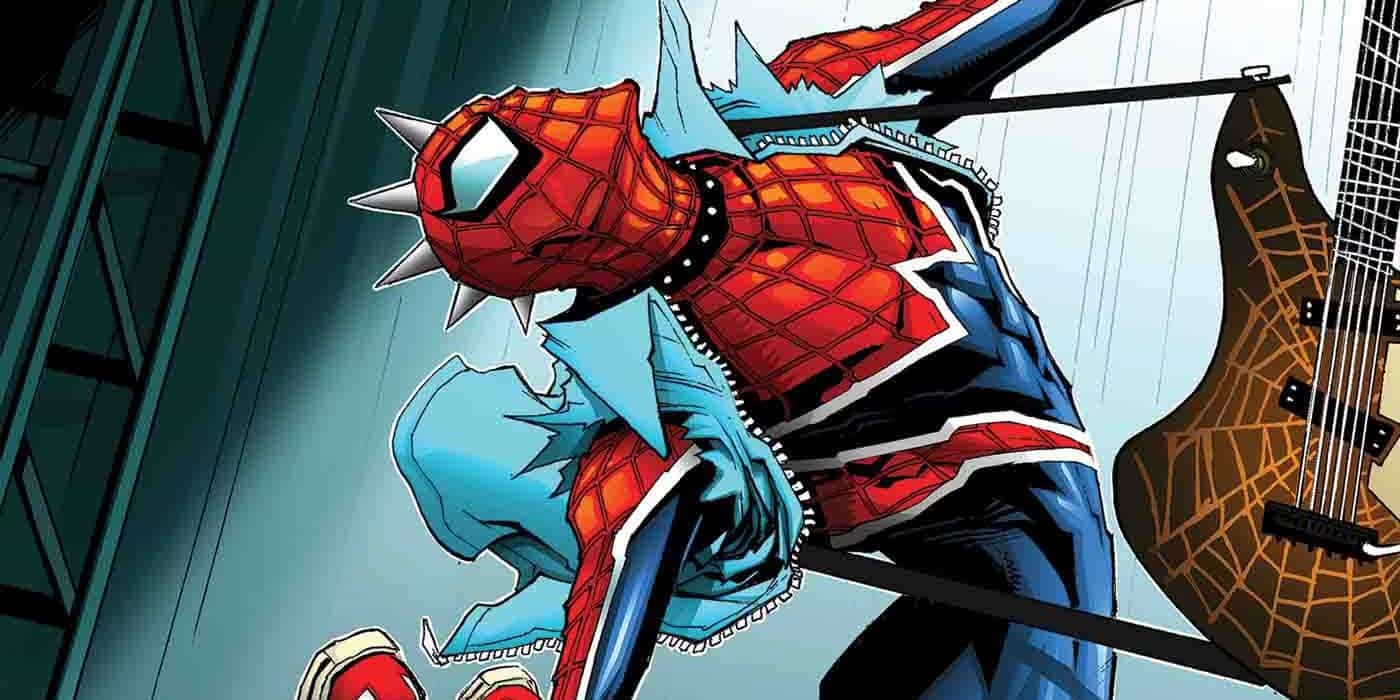
Spider-Punk, Earth-138
When Spider-Punk first showed up 2014’s Amazing Spider-Man #10, he didn’t like anyone calling him anything but “Spider-Man.” Hobie Brown of Earth-138 has since warmed up to the name Spider-Punk. In 2022, the hero enjoyed his first solo miniseries, which included punk rock versions of the Hulk, Captain America, Ironheart, and more.
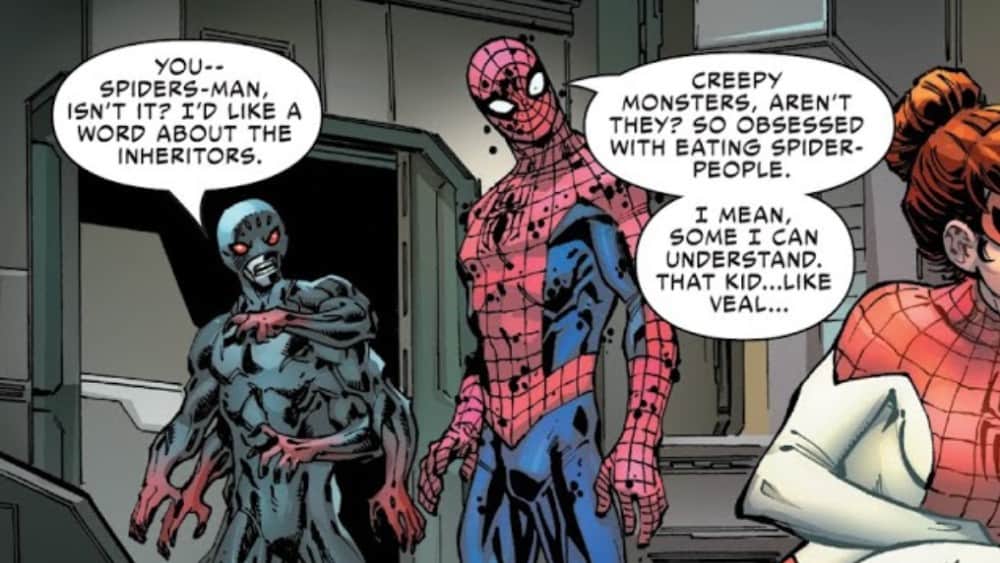
Spiders-Man, Earth-11580
Spiders-Man is one of the most deliciously phobic-inducing Spidey variants. On Earth-11580, rather than being bitten by a single radioactive spider, Peter Parker is devoured by an entire colony of them. Those spiders collectively absorb Parker’s persona, and fill a red-and-blue costume to become Spiders-Man.
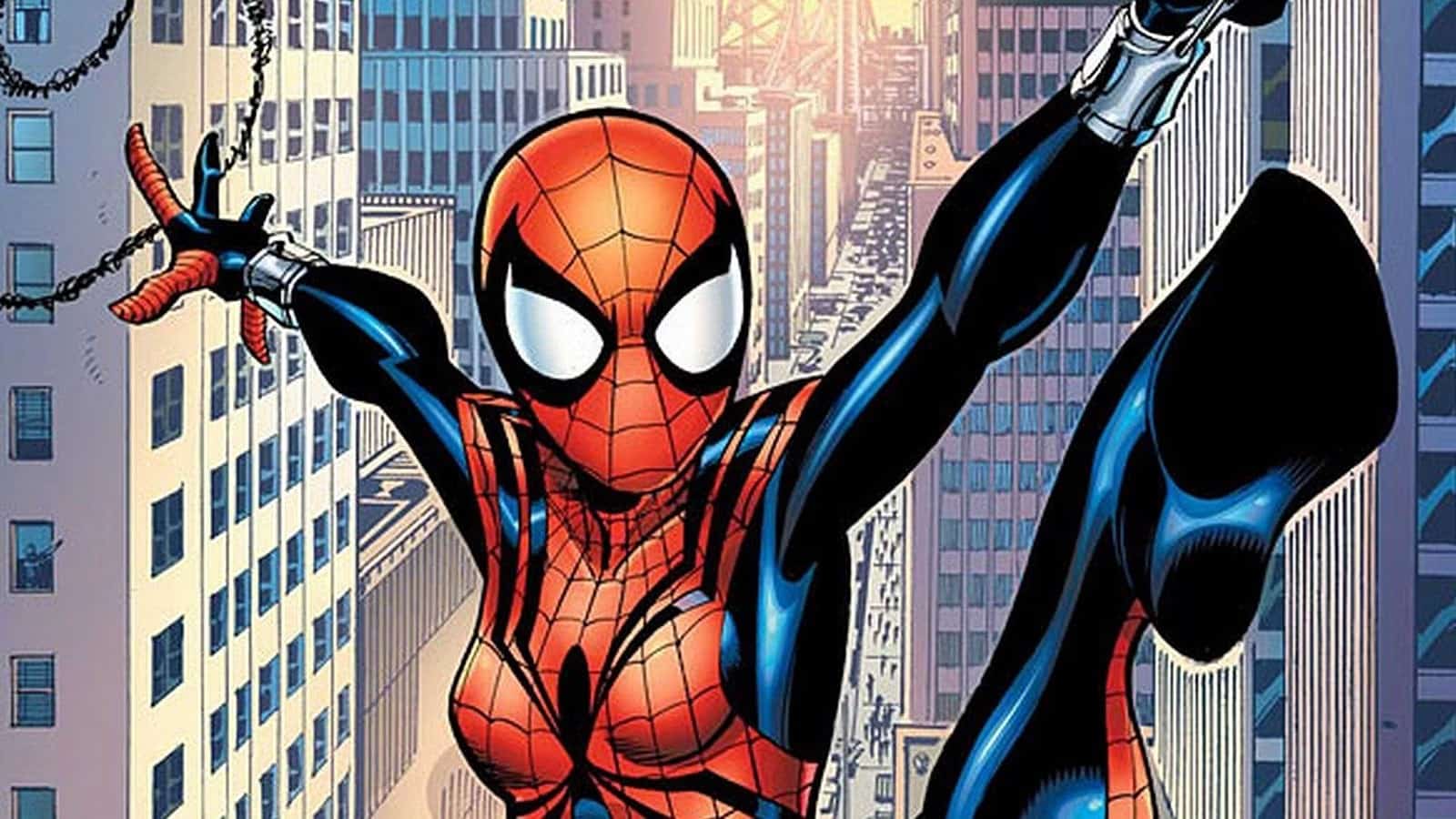
Spider-Girl, Earth-982
In what was once known as the MC2 reality, May “Mayday” Parker — the daughter of Peter and Mary Jane — becomes Spider-Girl. Written by Tom Defalco with art by Ron Frenz, her solo title Spider-Girl was criminally under appreciated, but she made her triumphant return to Marvel with the 2014 event Spider-Verse.
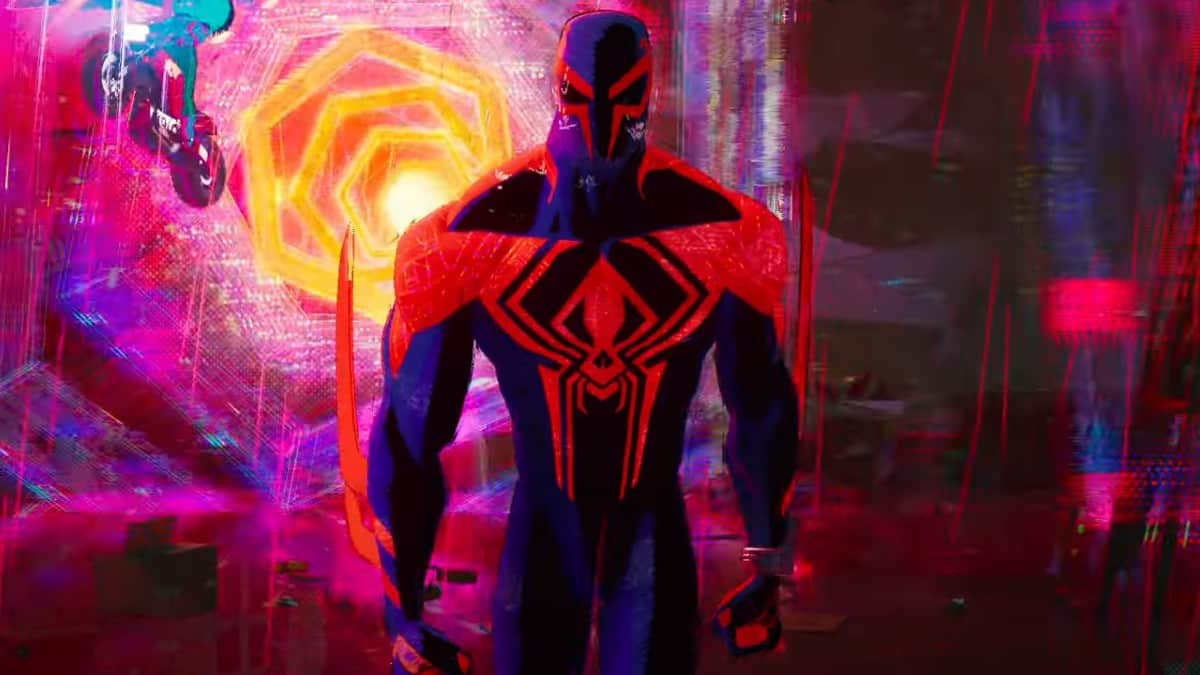
Spider-Man 2099, Earth-928
While Marvel Comics created a whole bunch of future versions of their marquee heroes and villains for their 1990s 2099 imprint, the only one of them who continues to be brought back on a regular basis is the Miguel O’Hara version of Spider-Man. Voiced by Oscar Isaac in the films, Spider-Man 2099 has similar abilities to the original with a few extras; such as talons and a suit that allows him to glide.
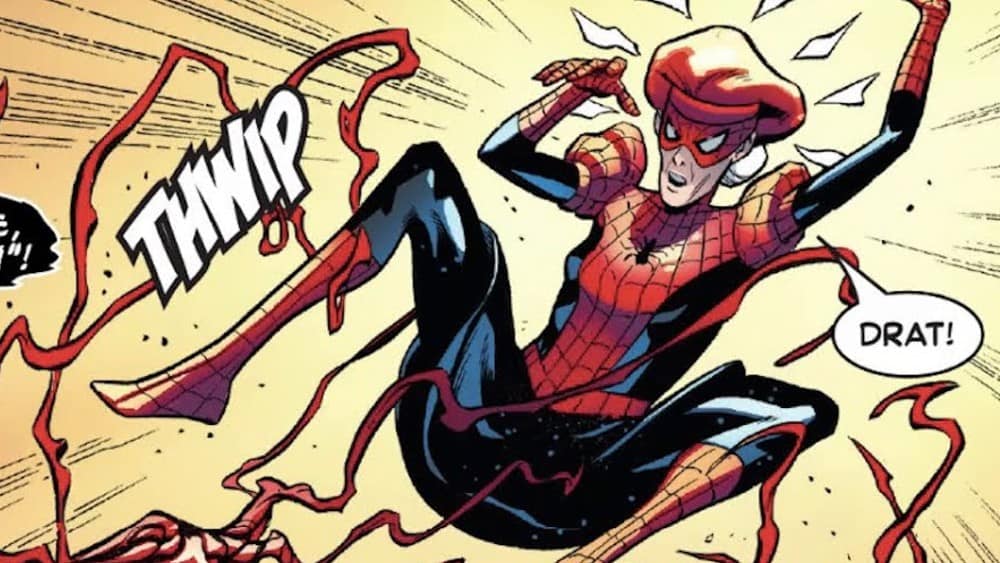
Spider-Ma'am, Earth-3123
If you’ve ever wondered what would happen if Aunt May had Spider-Man’s powers, the question was answered in 1980’s What If #23 with arguably the most perfectly named Spidey variant in the Multiverse. That’s right — in What If #23 and her subsequent appearances, Earth-3123’s May Parker is Spider-Ma’am, and if they don’t include her in the upcoming Into the Spider-Verse sequels, they’re nuts.
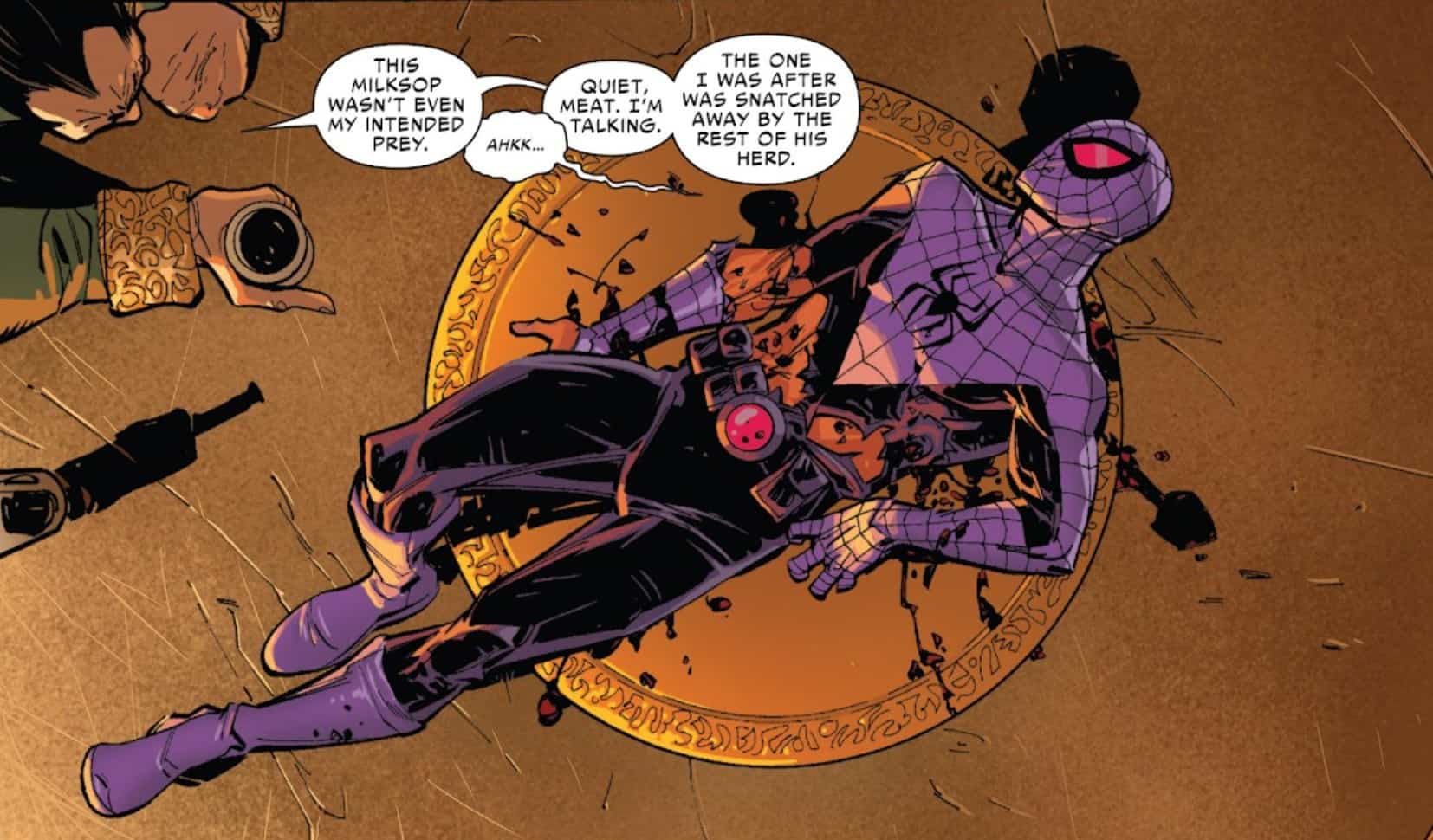
Bruce Banner, Earth-70105
In the 2006-7 miniseries Bullet Points, we see a number of classic Marvel characters change roles, including Peter Parker becoming Earth-70105’s version of the Hulk and Bruce Banner assuming the mantle of the world’s Spider-Man. Sadly, this variant is one of the first to be murdered by the Inheritors in the 2014 event Spider-Verse.
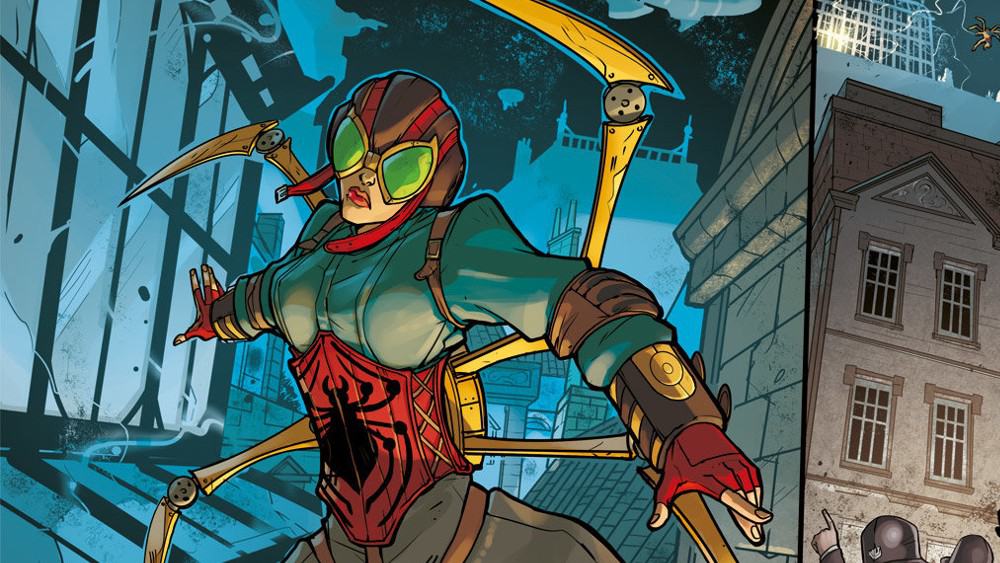
Lady Spider, Earth-803
Hailing from the steampunky world of Earth-803, Maybelle Reilly is bitten by a spider who was part of her father’s crowded collection of animals. Aided by the web-shooters and mechanical arms she builds herself, Reilly becomes Lady Spider and clashes with Victorian-flavored variants of Spidey villains like the Six Men of Sinestry (as opposed to the Sinister Six).
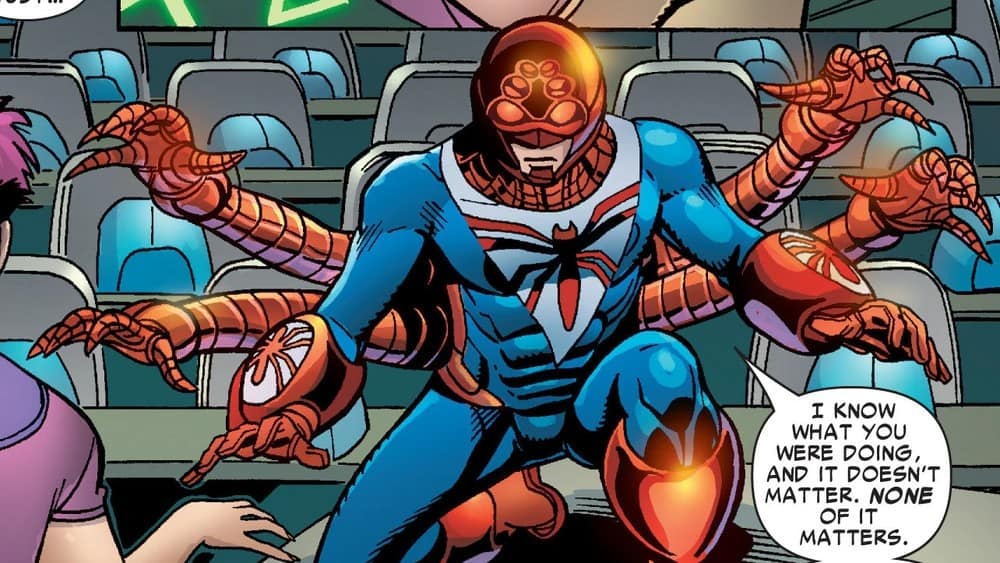
Spider-Man 2211, Earth-9500
The first time the prime Spider-Man and Spider-Man 2099 met — in the subtly titled 1995 one-shot Spider-Man Meets Spider-Man 2099 — they both had the pleasure of meeting Dr. Max Borne, Spider-Man from the year 2211. Borne wears a metallic armor with a color scheme inspired by the original Spidey costume. The futuristic outfit is bullet proof and includes four mechanized arms.
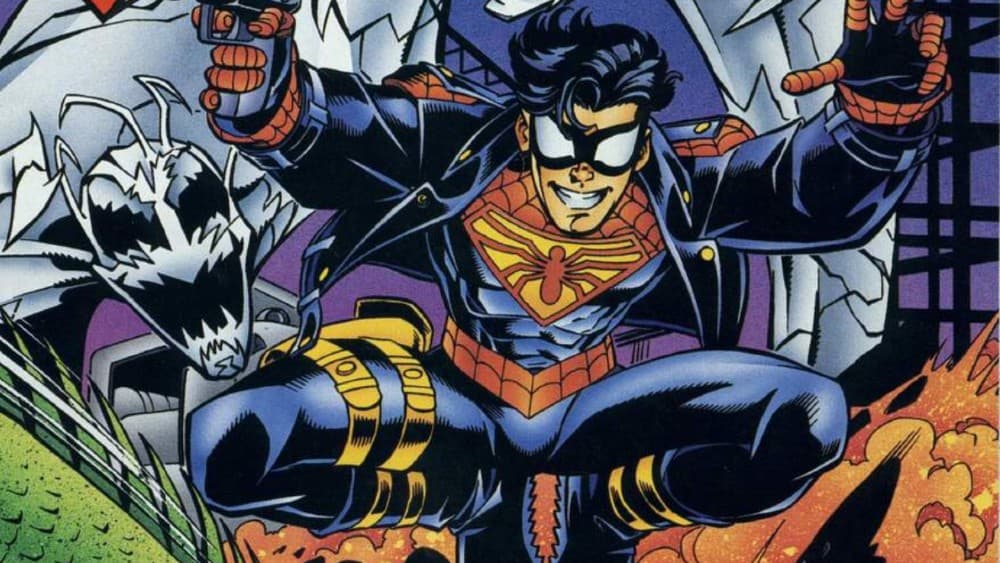
Spider-Boy, Earth-9602
The thankfully short-lived Amalgam Comics merged together heroes and villains from Marvel and DC to come up with brand new characters like Super-Soldier (Captain America plus Superman) and Doctor StrangeFate (Doctor Strange and Doctor Fate). Spider-Man was smooshed together with Superboy to make Spider-Boy. It is possible, though not confirmed, that Spider-Boy is dead because we see Morlun in possession of his detached arm in 2023’s Spider-Man #2.
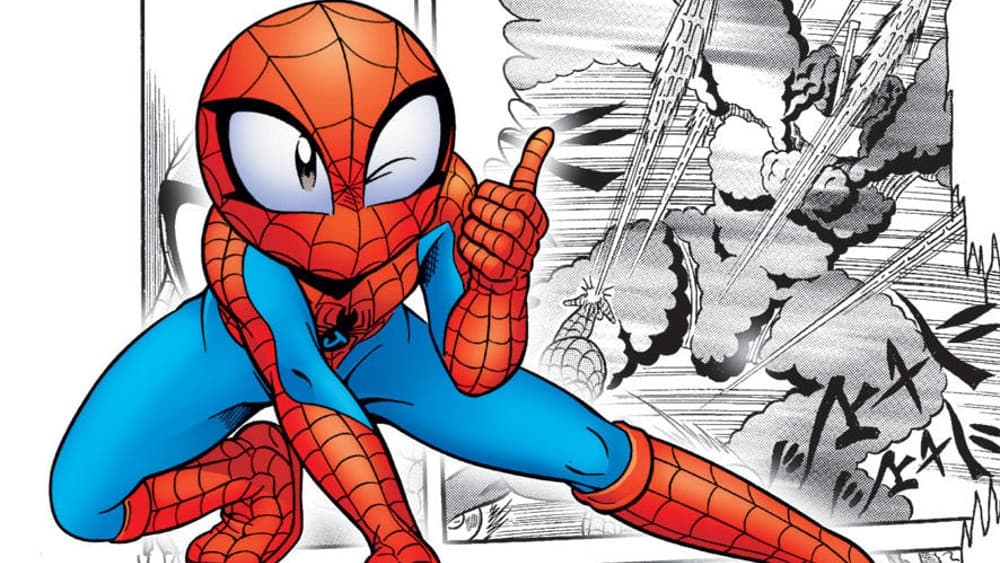
Spider-Man J, Earth-7041
Between 2004 and 2005, Yamanaka Akira wrote and drew Spider-Man J in the kids’ manga magazine Comic BomBom, and the big-headed Spidey variant wasn’t forgotten when it came time for Spider-Verse. With his world officially designated Earth-7041, Spider-Man J joined the growing Spider Army.
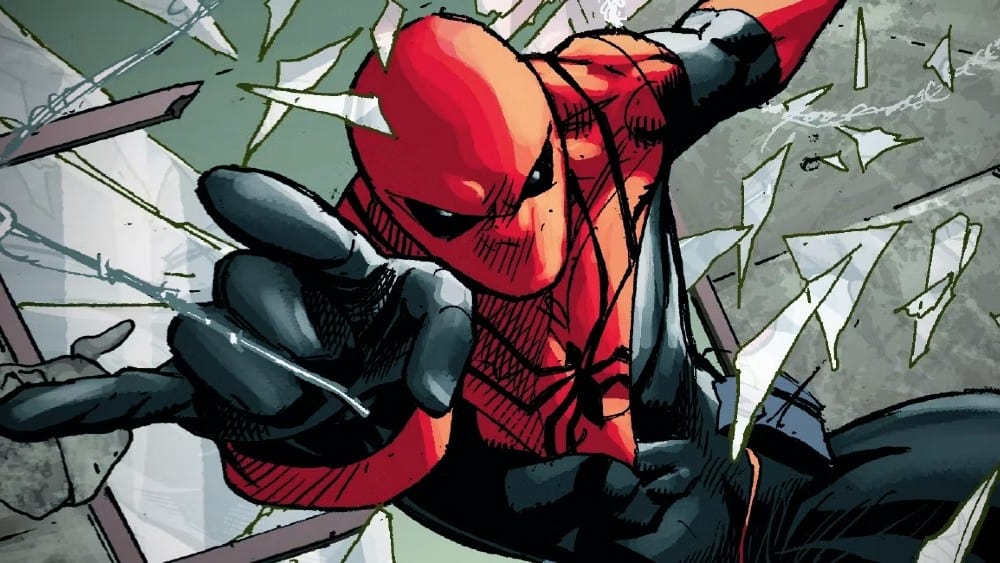
Assassin Spider-Man, Earth-8351
Riffing off a 1989 one-shot, 2008’s What If? Spider-Man Vs. Wolverine ends with Peter Parker and Logan joining forces to professionally assassinate terrorists at the behest of S.H.I.E.L.D. This deadlier version of Spidey is one of the many variants murdered by the Inheritors during the events of Spider-Verse, though he was later resurrected during the 2022 event End of Spider-Verse.
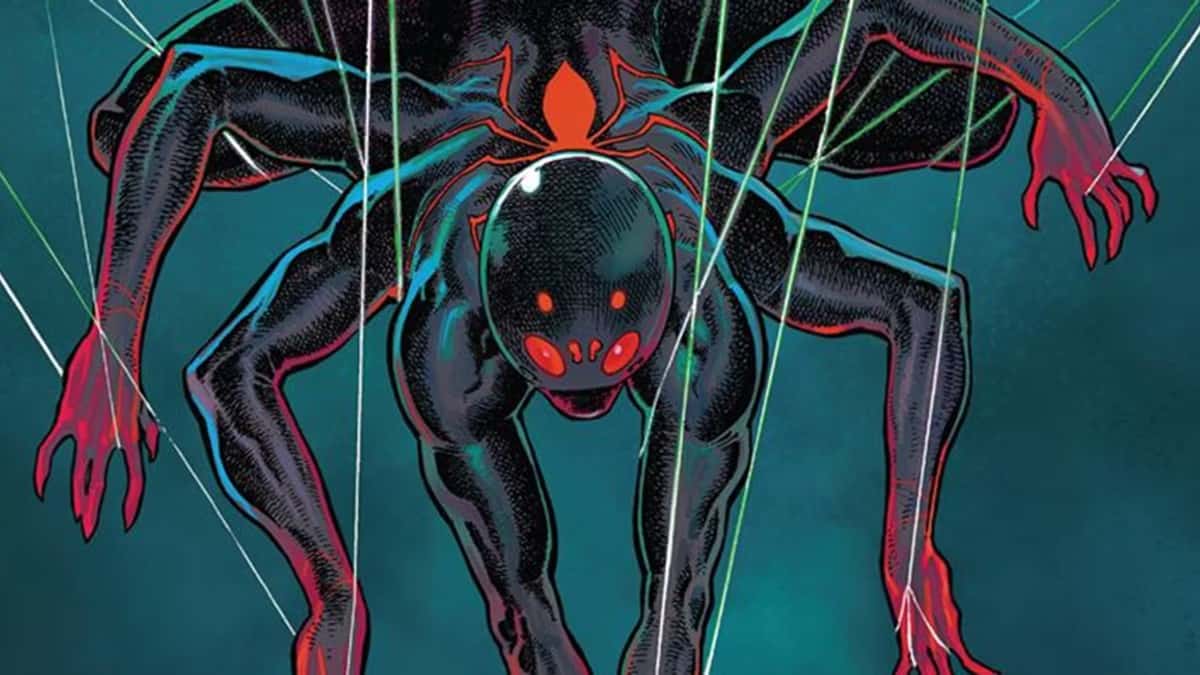
Spider-Norman, Earth-44145
On Earth-44145, it’s Norman Osborn instead of Peter Parker who becomes Spider-Man — a six-armed version no less. First appearing in 2018’s Edge of Spider-Geddon #4, Osborn allies himself with the rest of the more heroic Spidey variants. However he and Spiders-Man eventually turn against them.
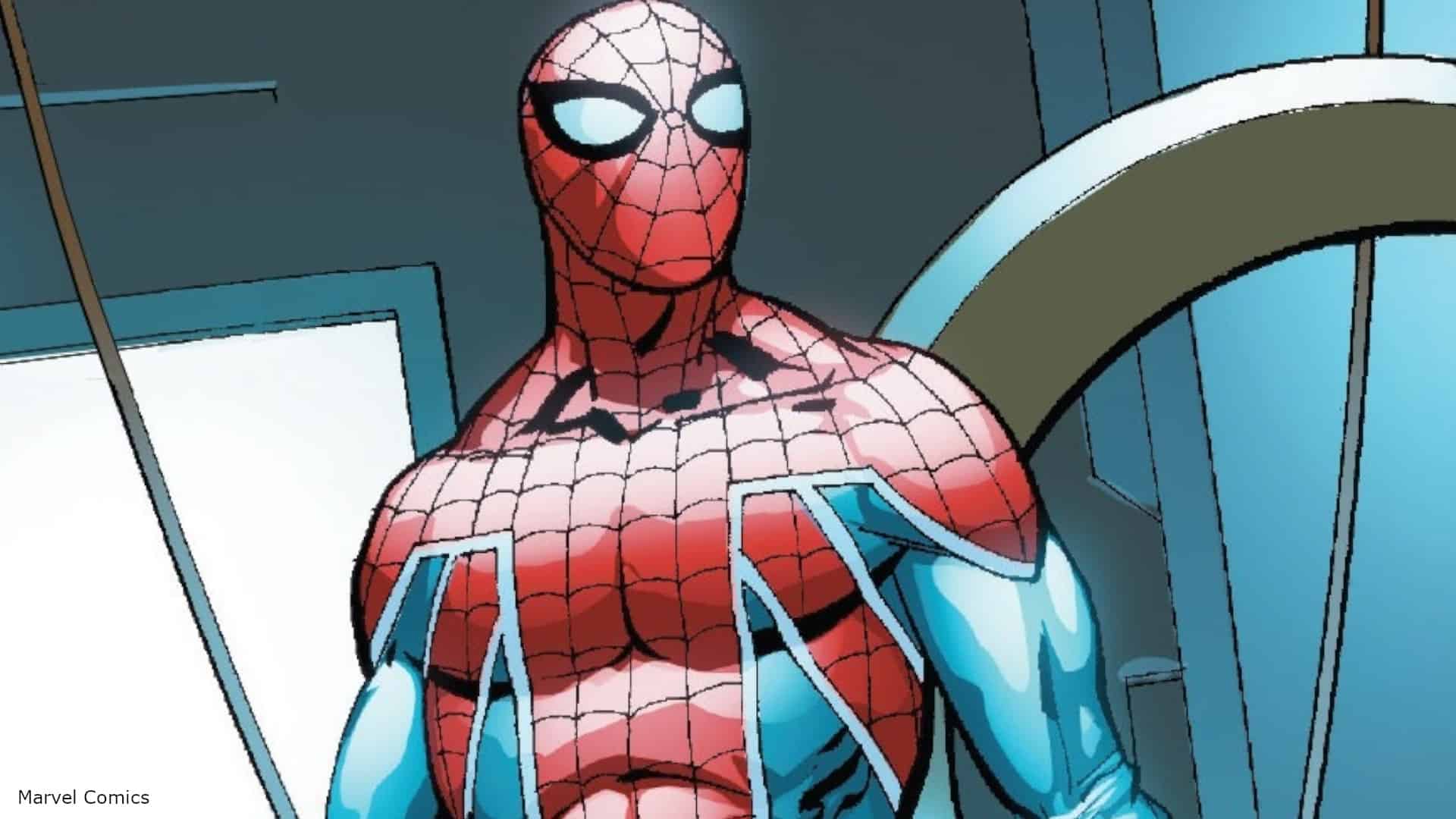
Spider-UK, Earth-833
A member of most of the various Spidey variant groups that have formed over the years as well as the Captain Britain Corps, Spider-UK is William Braddock: a combination of Spider-Man and Captain Britain. Spider-UK is one of the most prominent variants in Spider-Verse, but sadly he’s murdered by the Inheritor Verna in the opening salvos of Spider-Geddon.
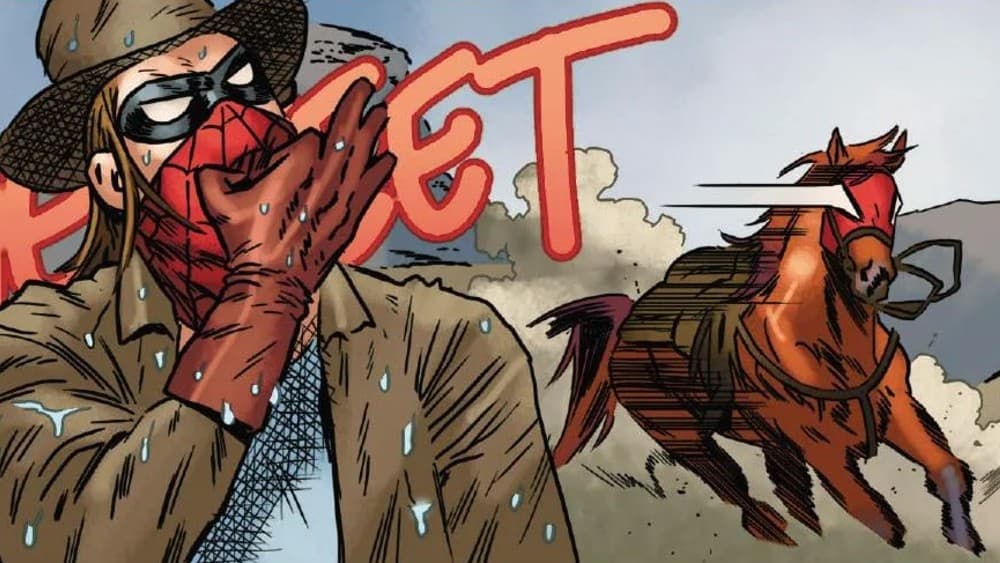
Web-Slinger and Widow, Earth-31913
What could be better than a cowboy Spider-Man? How about a cowboy Spider-Man who shares a telepathic link with his horse? That’s the case of the sharpshooter Web-Slinger and his horse Widow, both of whom were bitten by the same radioactive spider in the wild west of Earth-31913.
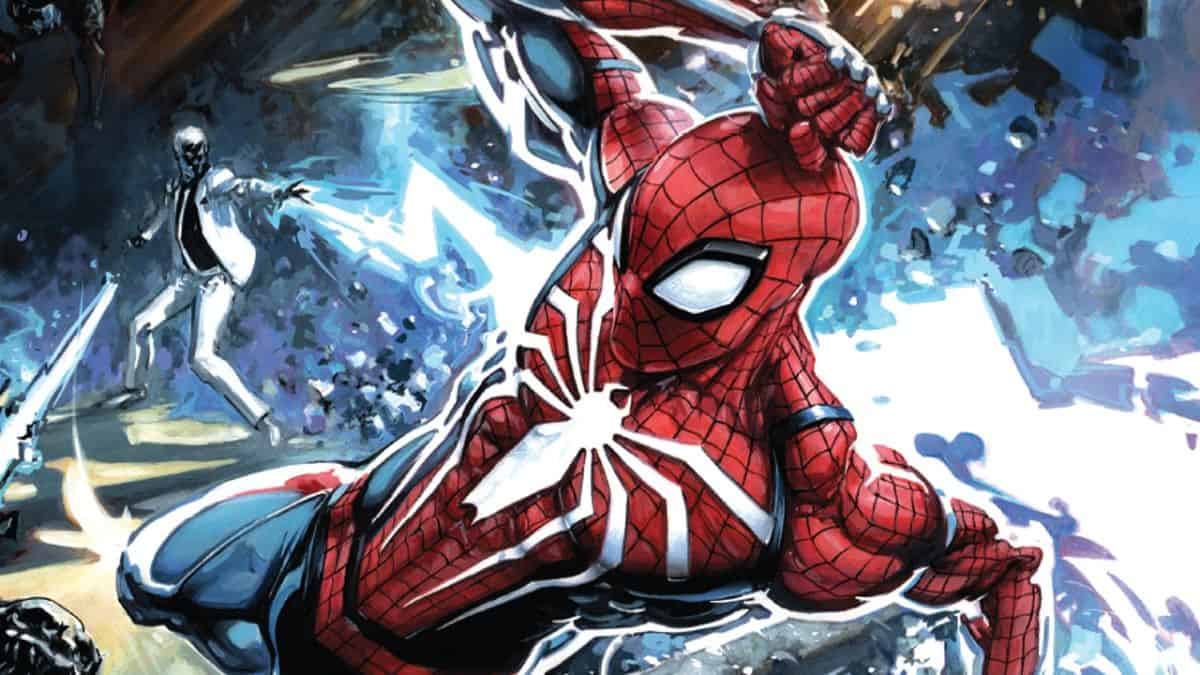
Insomniac's Spider-Man, Earth-1048
In the 2018 Spider-Geddon event — the first sequel to Spider-Verse — cross-promotion was the name of the game. The version of Peter Parker appearing in the hit video game Marvel’s Spider-Man joined the army of Spidey variants, with his slice of the Multiverse officially designated Earth-1048.
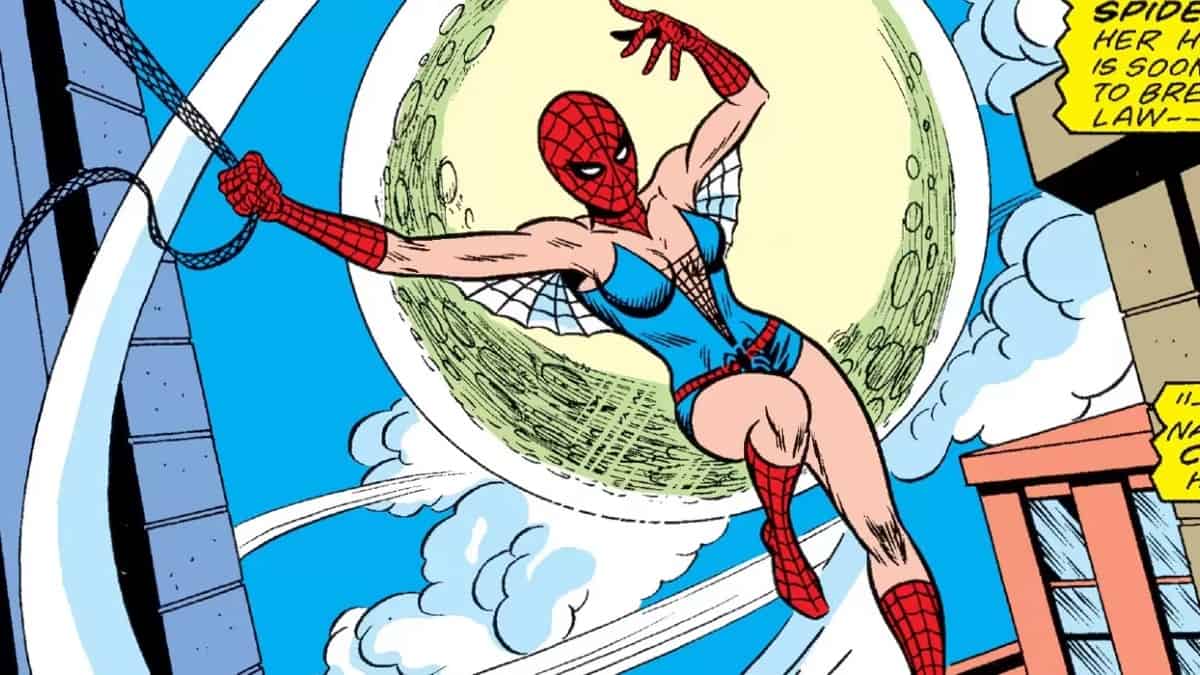
Spider-Girl (Betty Brant), Earth-78227
First showing up all the way back in 1977’s What If? #7, this version of Spider-Girl is the result of Peter Parker’s friend Betty Brant, rather than Peter, getting nibbled on by a radioactive spider.
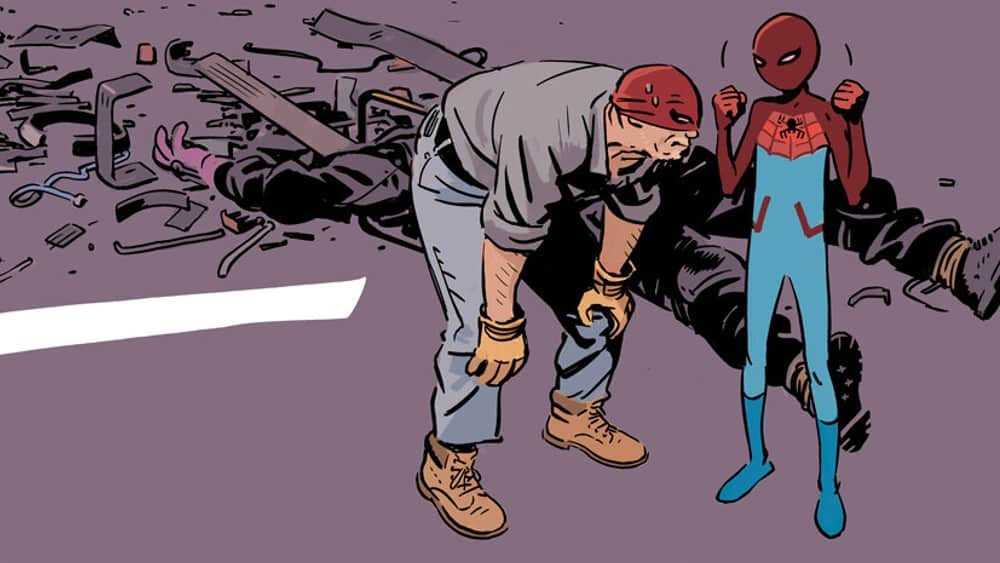
Spider-Ben & Spider-Petey, Earth-91918
On Earth-91918, it’s still a young Peter Parker who is bitten by a radioactive spider. But shortly after that happens, Peter gives his blood to save his Uncle Ben, who is then also gifted with the same powers. Together, they become the team of Spider-Ben and Spider-Petey.
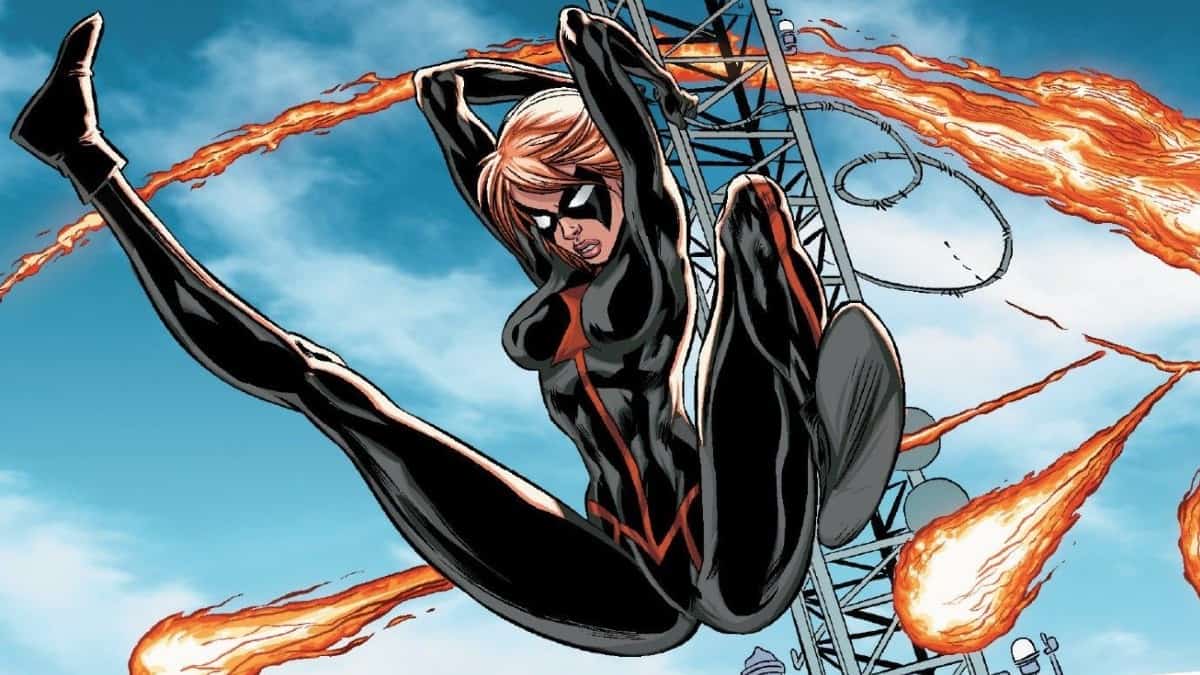
Ultimate Spider-Woman, Earth-1610
On Earth-616, the original Spider-Woman doesn’t have much obvious connection to Spider-Man, but on Earth-1610 — the same universe that was home to Miles Morales — Jessica Drew is a clone of Peter Parker. For a time she would take the name Black Widow, but would eventually assume the title of Spider-Woman.
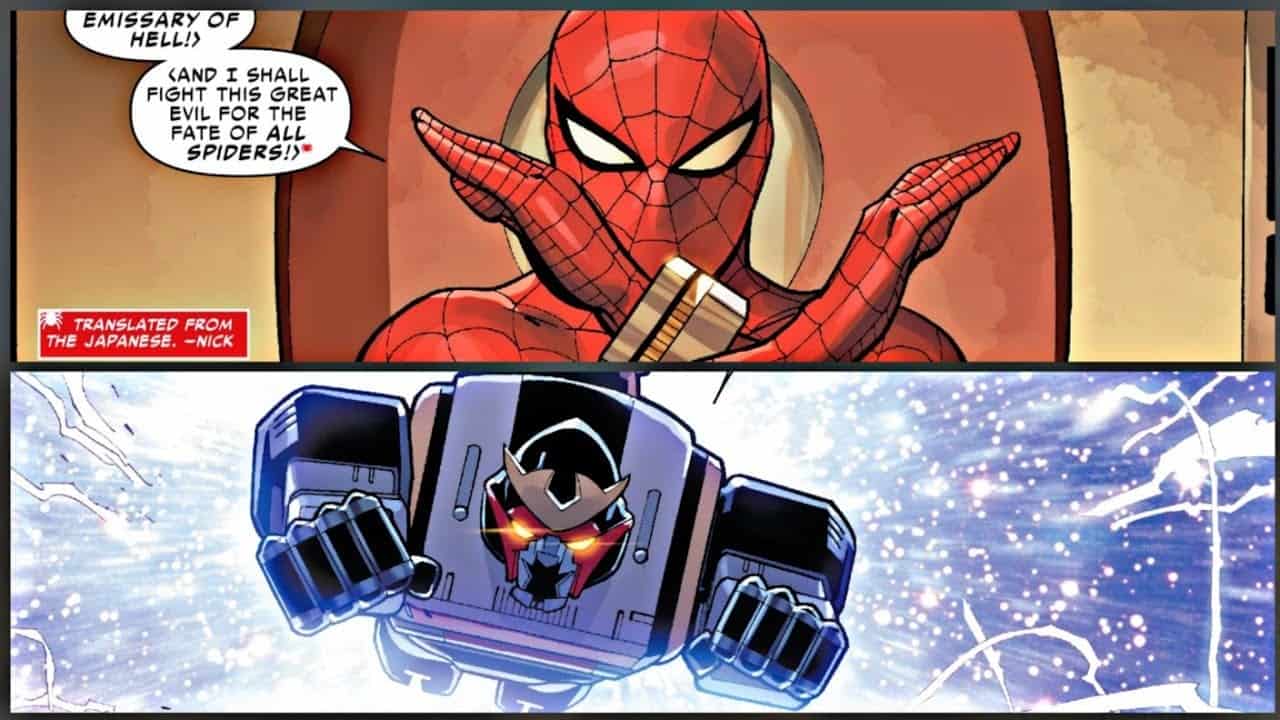
Supaidāman, Earth-51778
When Japan made their own Spider-Man TV series in the 1970s, Supaidāman would inexplicably feature a hero who piloted a giant mecha called Leopardon. With Spider-Verse, the Japanese Spider-Man became Marvel Comics canon when he joined the Spider-Army in their fight against the Inheritors.
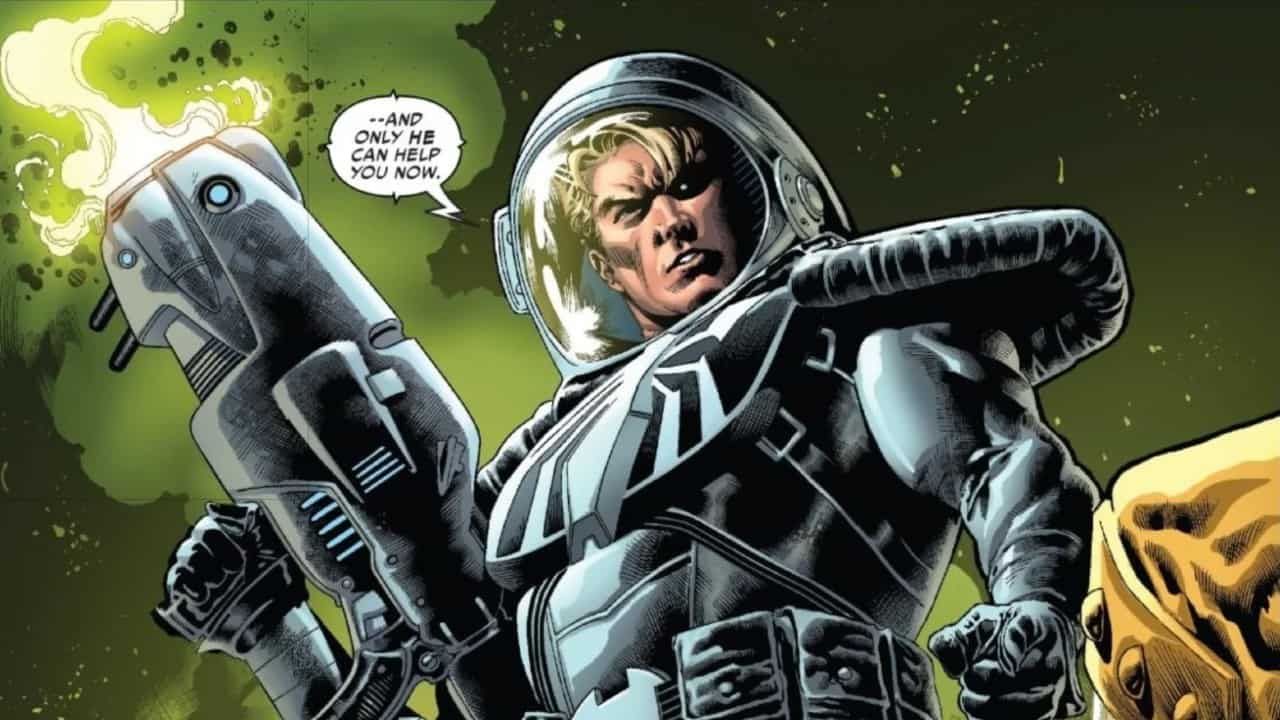
Astro-Spider, Earth-3145
On Earth-616 John Jameson — J. Jonah Jameson’s son — becomes Man-Wolf, but in the reality of Earth-3145, after a spider gets stuck in his space suit when his shuttle is struck by cosmic waves, he becomes Astro-Spider. Unfortunately, Astro-Spider doesn’t survive the events of Spider-Geddon. He’s killed by Verna, the same inheritor who earlier murders Spider-UK.
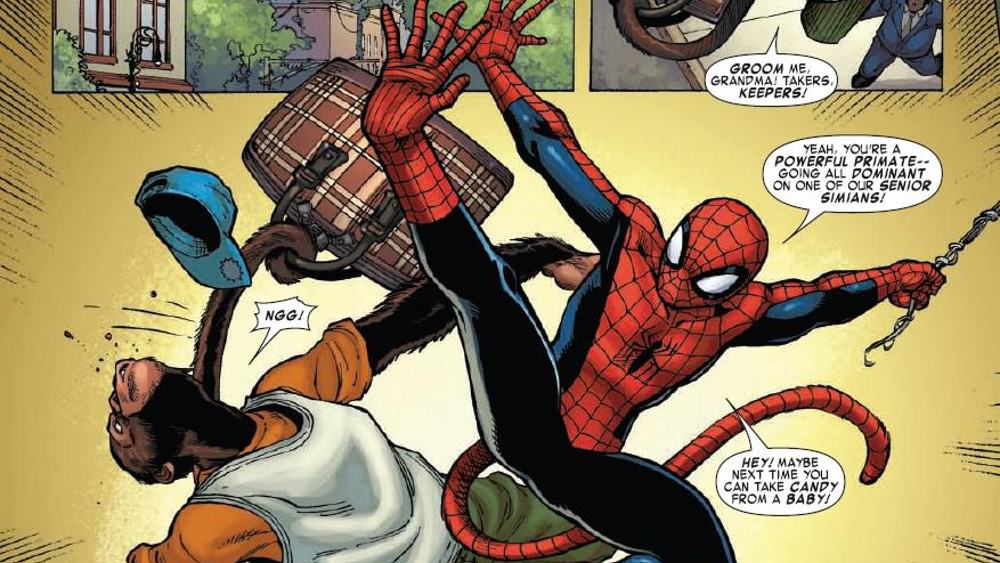
Spider-Monkey, Earth-8101
One of the Ape-Vengers of Earth-8101 introduced in the 2008 Marvel Apes miniseries, Spider-Monkey was a bit more comfortable with killing than his Earth-616 counterpart. Unfortunately, the Inheritors are much more adept at murder, as this simian spider learned when he was one of a great many variants killed in a battle on Earth-13.
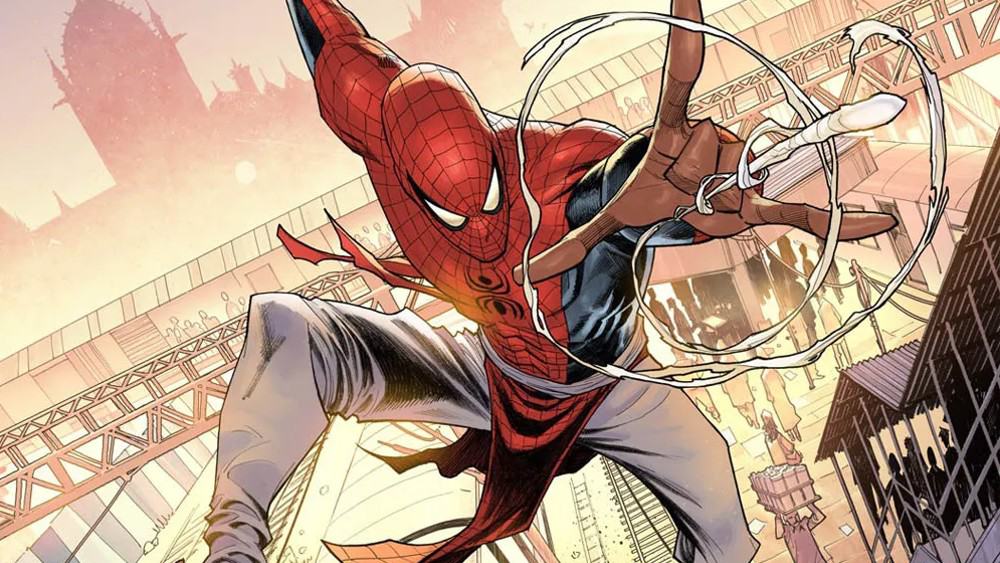
Spider-Man India, Earth-50101
Born in India, Pavitr Prabhakar was introduced in 2005’s Spider-Man: India #1. While he looks a bit different, his powers are essentially the same as those of Peter Parker. Prabhakar didn’t show up much after his initial miniseries but comics like Spider-Verse and Web Warriors have given him the chance to continue to be a part of the Marvel Universe.
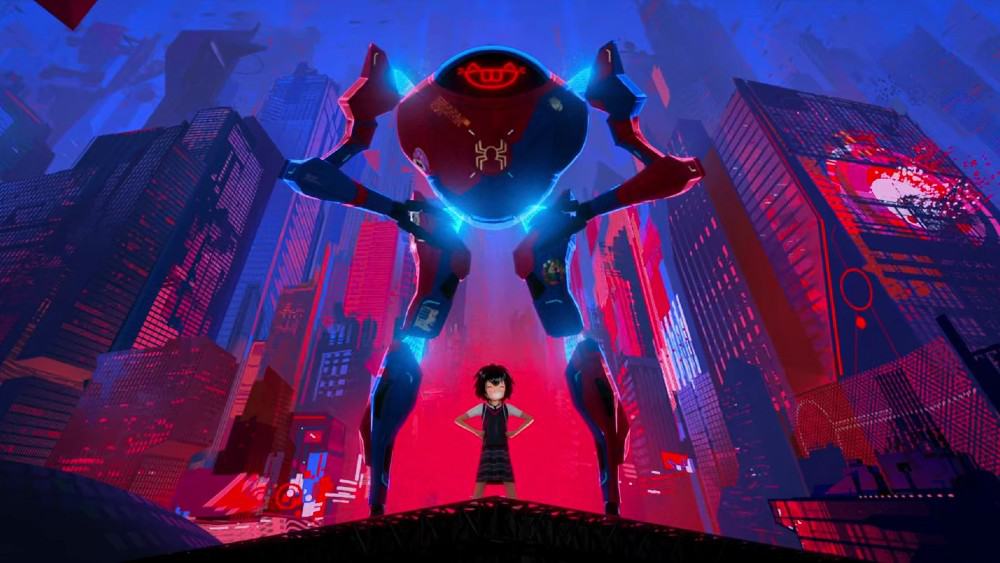
SP//dr, Earth-14512
Spider-Man: Into the Spider-Verse helped everyone become familiar with Peni Parker of Earth-14512, who takes up the mantle of SP//dr after her father’s death. Unfortunately, according to MovieWeb — along with Spider-Man Noir and Spider-Ham — SP//dr won’t be showing up in the sequel Spider-Man: Across the Spider-Verse.
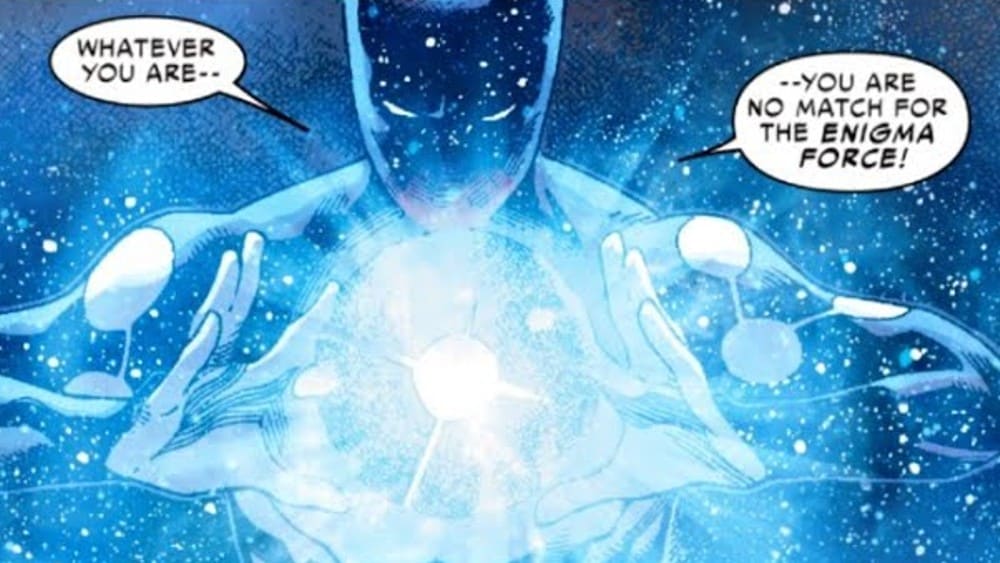
Cosmic Spider-Man, Earth-13
For a brief but memorable time, the Earth-616 Peter Parker had cosmic powers that boosted his abilities to the point that — for example — he was famously able to punch the Incredible Hulk into orbit. Meanwhile, the Spider-Man of Earth-13 never lost his cosmic powers. Regardless, after an intense battle he is killed by Solus, the Father of the Inheritors, during the Battle of Earth-13 in Spider-Verse.
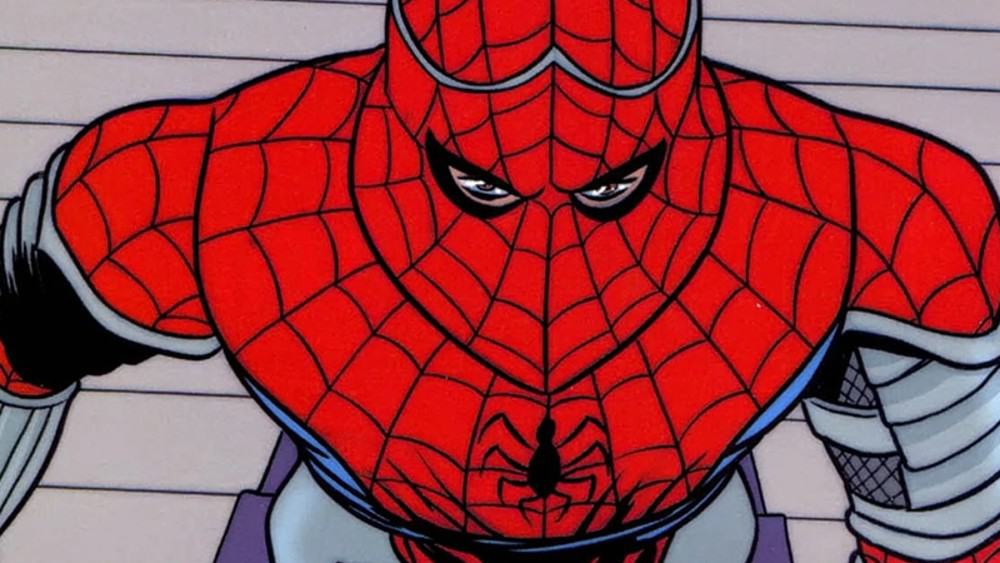
Prince of Arachne, Earth-71004
The noble Prince of Arachne comes from a literal land of fairy tales. All of the lead characters in Spider-Man’s mythos were reproduced on his world as fantasy characters, like the Princess Gwendolyn and the maid Mary Jane. The Prince of Arachne was one of the many variants murdered in Spider-Verse, while proving one of the lucky ones resurrected in The End of Spider-Verse.
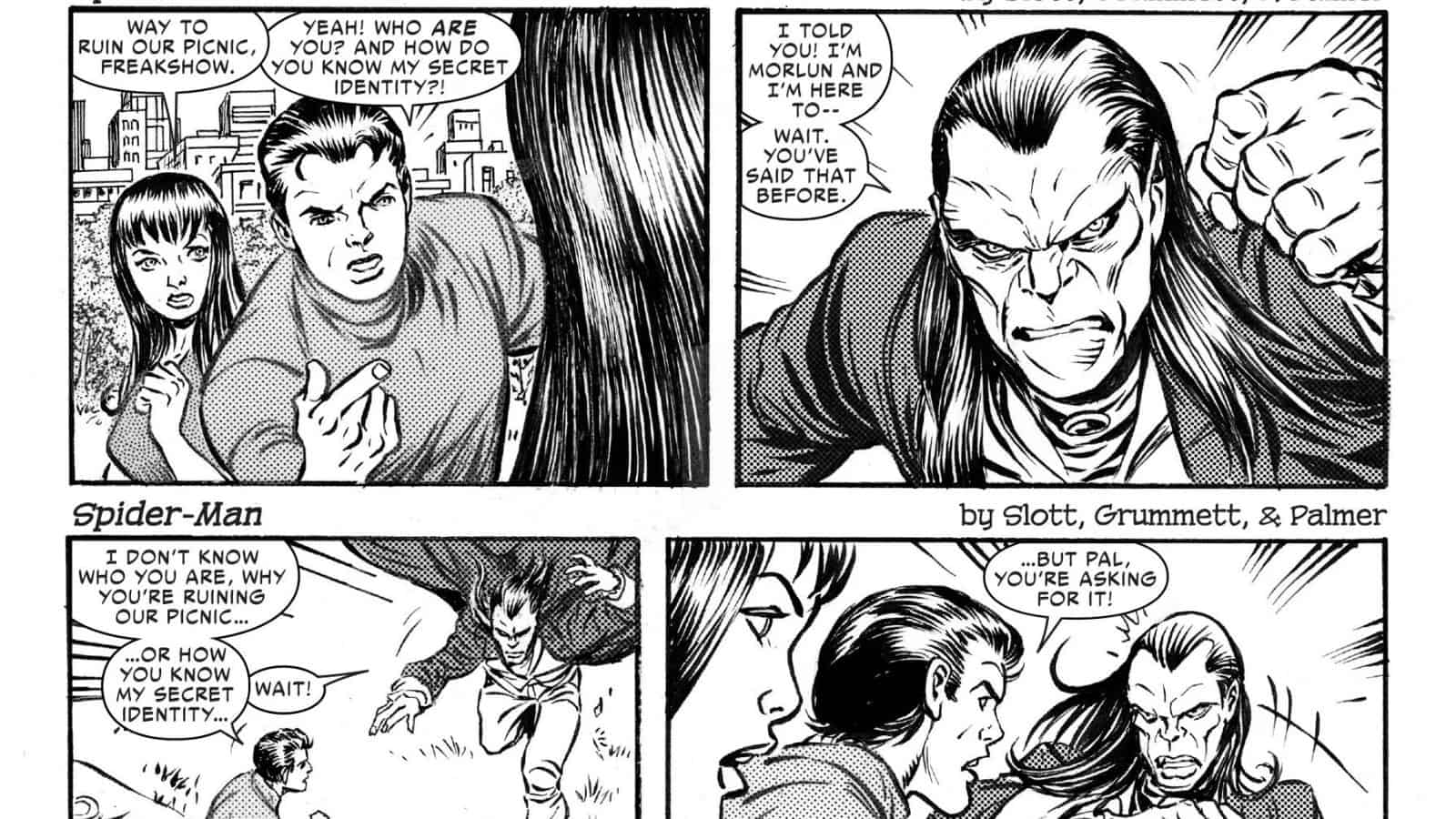
Newspaper Strip Spider-Man, Earth-77013
When the Inheritors set about eliminating all the Spider-Man variants of the Multiverse, Morlun learns there is not only a variant who represents the Peter Parker who appeared in the Spidey newspaper strips, but while on Earth-77013, he has to follow newspaper strip rules. His attempts to murder Parker prove frustrating purely because — just like in the case of the relatively short newspaper strips — his actions and dialogue keep resetting without his say-so.
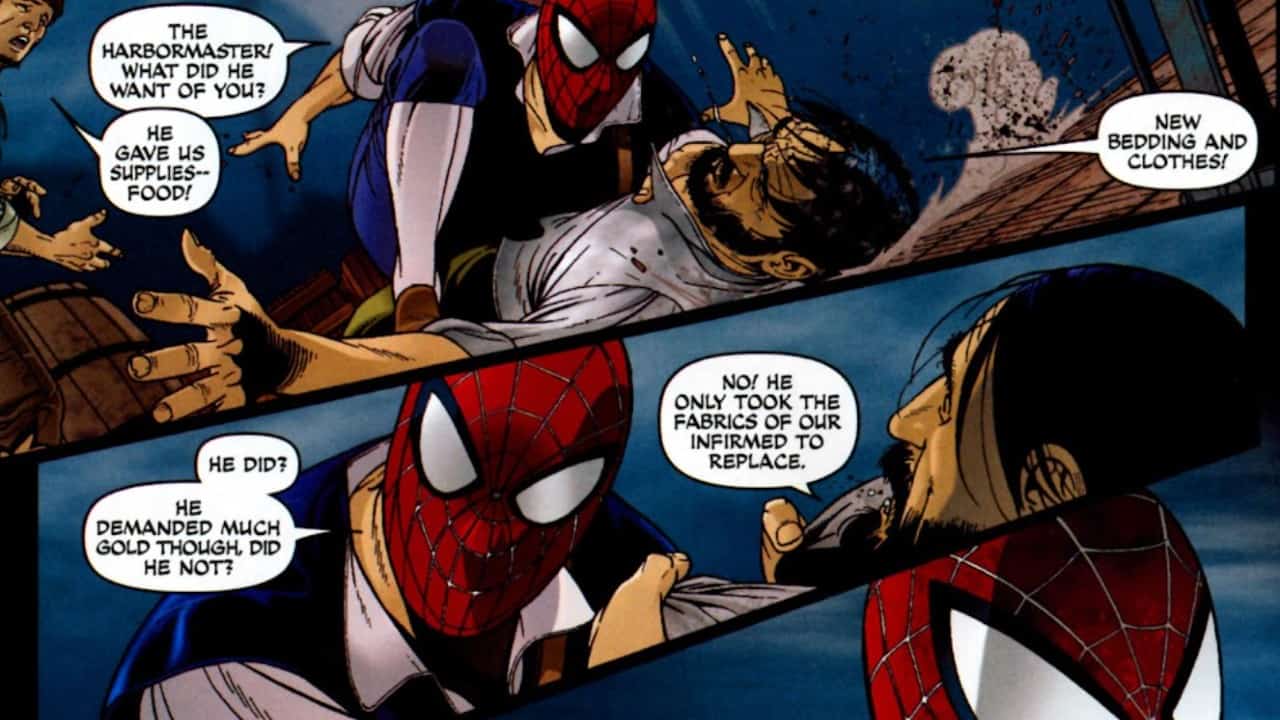
The Spider, Earth-311
Neil Gaiman, known best as the writer of Sandman, made his first foray into Marvel Comics with Marvel 1602 in which he reimagined most of Marvel’s marquee characters as early seventeenth century heroes. Among them is the thespian Peter Parquagh, aka The Spider. Parquagh is murdered early in Spider-Verse while performing on stage, but is one of the lucky ones brought back in End of Spider-Verse.
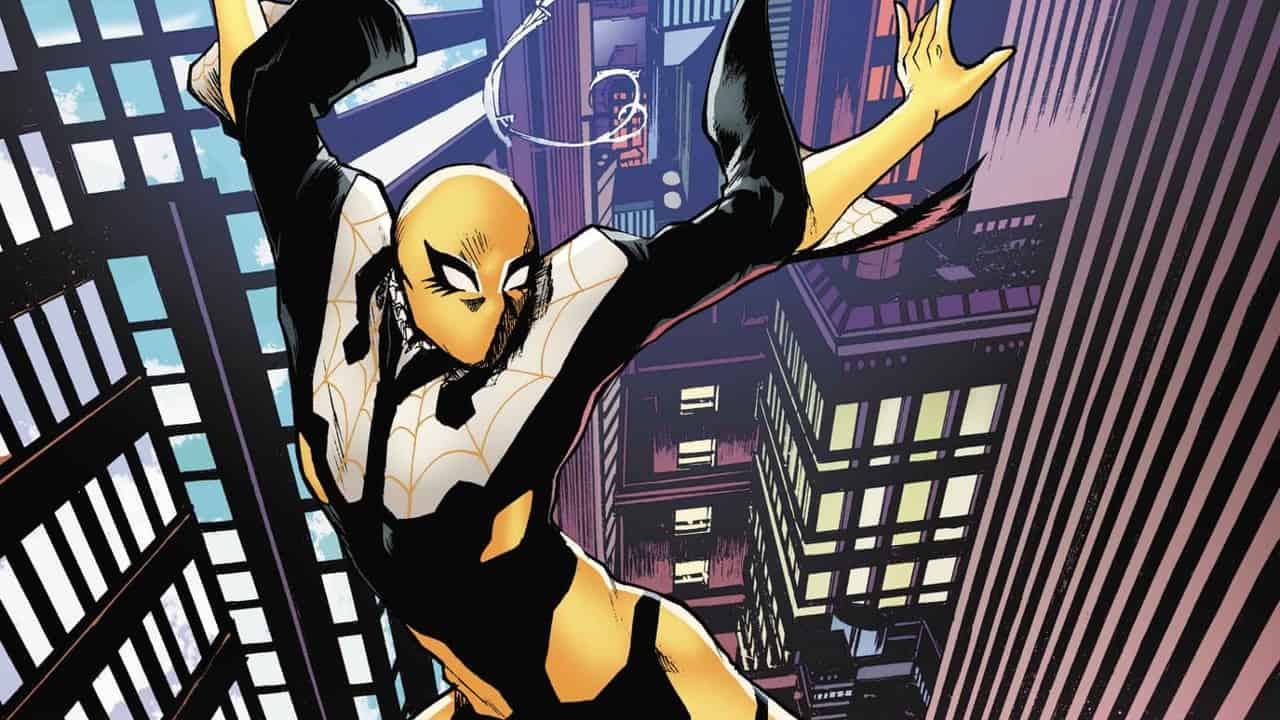
Web-Weaver, Earth-71490
Last year’s Edge of Spider-Verse #5 introduced fans to the first openly gay Spider-Man variant, Cooper Coen, aka Web-Weaver of Earth-71490. On his Earth, Coen saved Peter Parker from being bitten by a spider, but was bitten himself. His powers are similar to those of the Earth-616 Spider-Man, though he has organic webbing and no need for artificial web shooters.
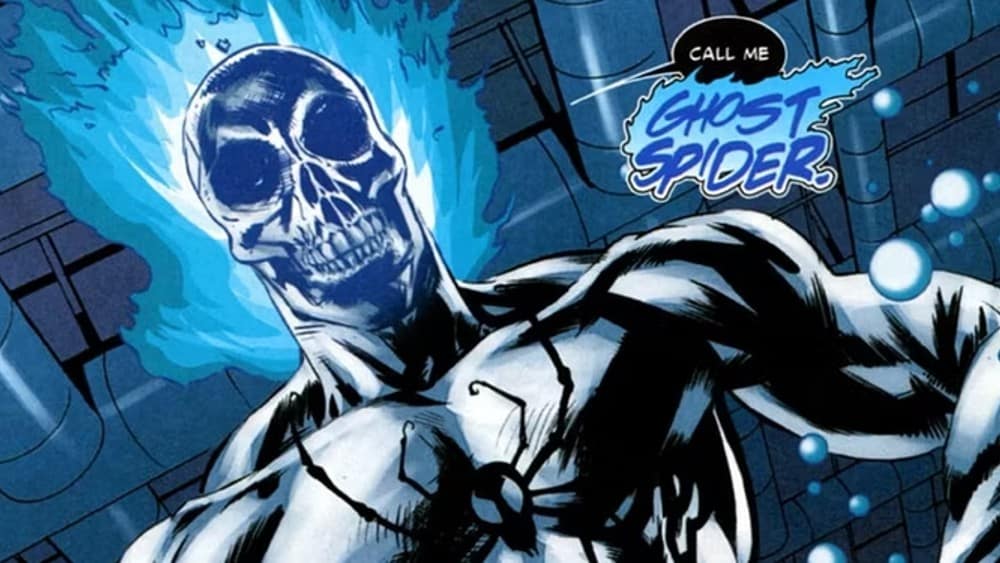
Ghost Spider, Earth-11638
Ghost Spider is one of the few Spidey variants who doesn’t show up in a lot of the Spider-Verse related events, and with good reason. The Peter Parker of Earth-11638 teleports Spidey variants to his world to absorb their power and kill them to increase his own power. Later the Bruce Banner of his world, the Sorcerer Supreme, infuses him with a Spirit of Vengenace, turning him into Ghost Spider.
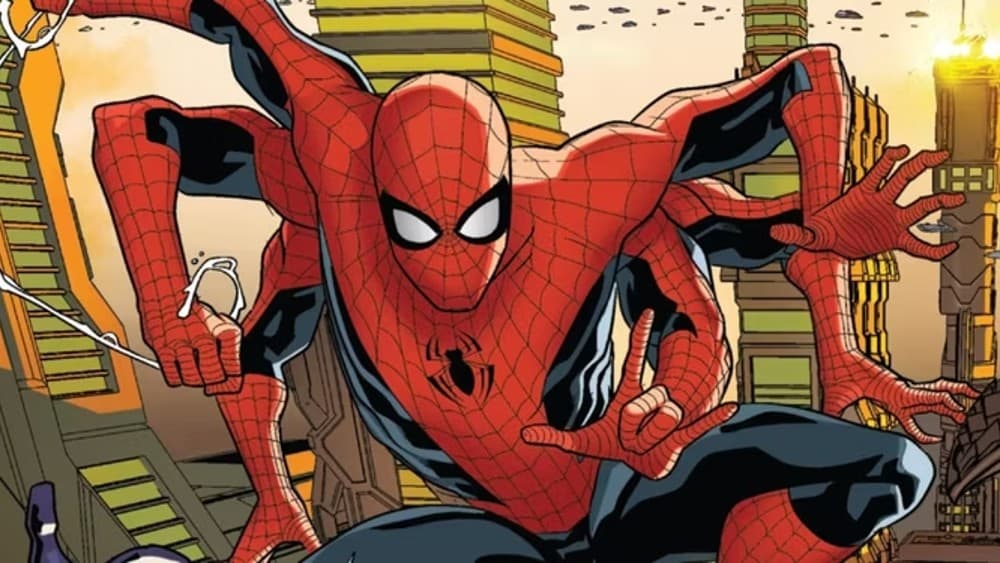
Six-Armed Spider-Man, Earth-92100
For a time the Earth-616 Spider-Man had four extra arms and on Earth-92100, Peter Parker never managed to get rid of them. Along with giving him the ability to save Gwen Stacy from her fateful drop, we imagine the extra arms also make him a much better juggler.
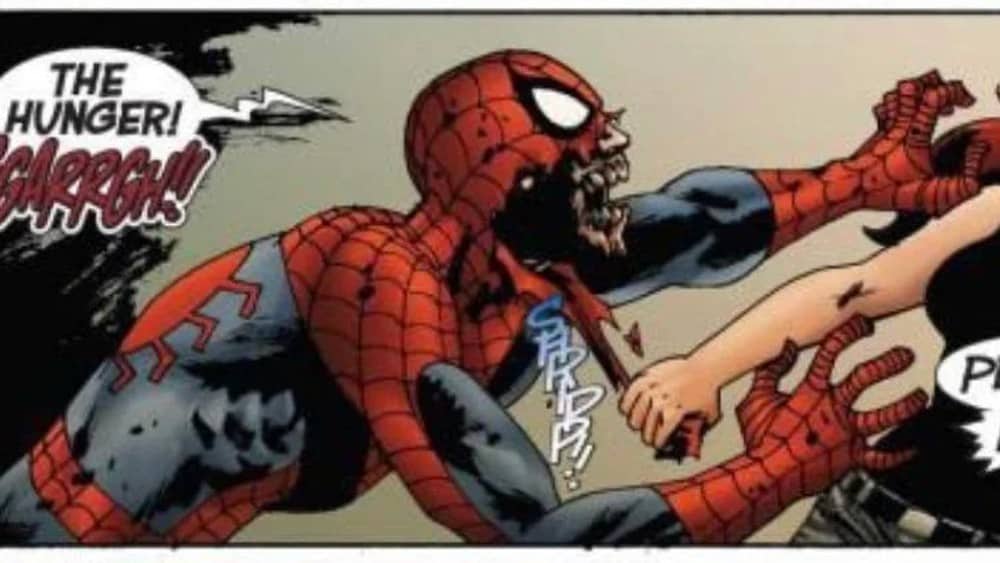
Zombie Spider-Man, Earth-2149
In 2005’s Ultimate Fantastic Four #22, readers learned of an alternate universe where many of Marvel’s heroes and villains were zombies. The idea was so popular it lead to multiple Marvel Zombies miniseries, featuring zombie-fied heroes like Spider-Man, Hulk, Hawkeye, Luke Cage, Wolverine, and more arguing over who gets to eat whose brains.
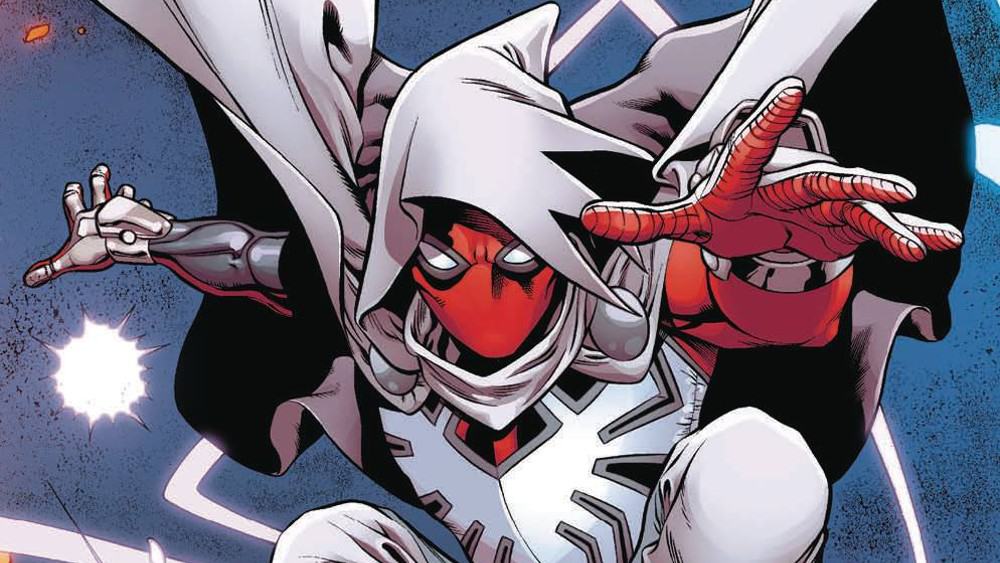
Arachknight, Earth-616 Warp World
Not technically a variant in terms of the Multiverse, Arachknight is a part of Warp World — a pocket dimension created by the actions of Gamora, who used the Infinity Gems to create a version of Earth-616 in which every two people were combined to make a new person. In Warp World, Spider-Man and Moon Knight were combined to create Arachknight. His colleagues include heroes like Ghost Panther (Ghost Rider plus Black Panther), Iron Hammer (Iron Man plus Thor), and Little Monster (Hulk plus Ant-Man).












